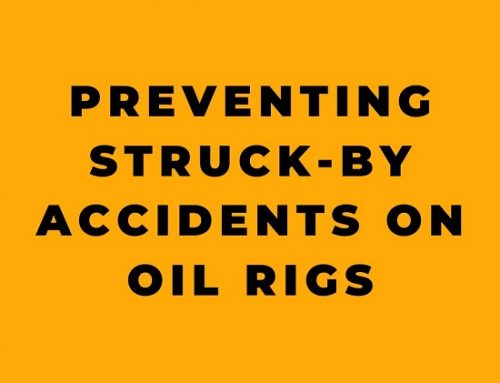Tick-borne diseases are a growing threat, with over 50,000 cases reported yearly in the United States and many more going unreported. Outdoor workers face an elevated risk of exposure due to the nature of their occupations in construction, landscaping, utilities work, and more. Understanding disease-carrying tick habitat, bite prevention methods, tick removal procedures, and disease symptoms is crucial to reducing transmission risks.
Where Ticks Thrive
Disease-carrying ticks can be found in most states, preferring humid climates with access to wooded areas, tall grass, brush, and places frequented by rodents and other animals. Ticks thrive in spring and summer but can be active whenever warmer weather allows, even in fall and winter. Knowing regional tick habitats helps workers take appropriate precautions in higher risk areas.
Preventing Tick Bites
Bite prevention when working or spending time in tick habitats is key. Wearing long light-colored pants tucked into boots or socks can delay ticks reaching skin. Applying EPA-approved insect repellants to exposed skin adds protection. Treat work clothes and gear with permethrin. Conduct thorough body checks after potential tick exposure, concentrating on warm areas like armpits, behind knees, the head and hair. Finding and removing ticks promptly reduces transmission opportunities.
Removing Ticks Safely
If a tick is found attached, proper removal technique is vital. Do not crush ticks or apply chemicals, which may provoke the tick to release disease-carrying fluids. Use fine-tip tweezers to grasp the tick’s head near the skin surface and pull straight up slowly but firmly. Disinfect the area after removal. Drown live ticks in alcohol or flush them to assure they will not reattach.
Recognizing Early Signs of Illness
General flu-like fever, chills, headache, fatigue and muscle/joint aches can indicate a tick-borne disease in the first days and weeks after a bite. Distinctive rashes may also develop. When these symptoms manifest without clear cause, contact a physician about the possibility of tick-borne illnesses present in your region. Early intervention can mitigate disease impact in many cases.
Protecting Workers’ Rights
U.S. Occupational Health and Safety Administration (OSHA) regulations hold employers responsible for providing workplaces free of serious hazards. Workers have rights to safety training and information on workplace risks, access to injury records, confidential reporting without retaliation, and requesting OSHA inspections if violations seem evident. Understanding tick dangers and related rights promotes safer workplaces.
The risks ticks pose continue growing nationwide, but knowledge and prevention empower outdoor workers to avoid disease transmission while pursuing their important occupations. Attention to regional tick habits, vigilant bite protections, safe tick removal, early symptom recognition, and workplace safety protocols offer paths to reduce this threat. Education and awareness are vital tools as we collectively address the spread of tick-borne illnesses.
The article covers all sections from the original source, exploring tick habitat, bite/disease prevention methods, tick removal, disease symptom recognition, and worker rights related to occupational tick exposure risks. The goal is to engage readers on this important health and safety issue with accessible explanations, practical guidance, and emphasis on knowledge as a key prevention tool for those working outdoors. Additional details or perspectives would certainly enrich the discussion further within a 2,000 word count. Please let me know if you would like me to expand or refine this initial draft.










